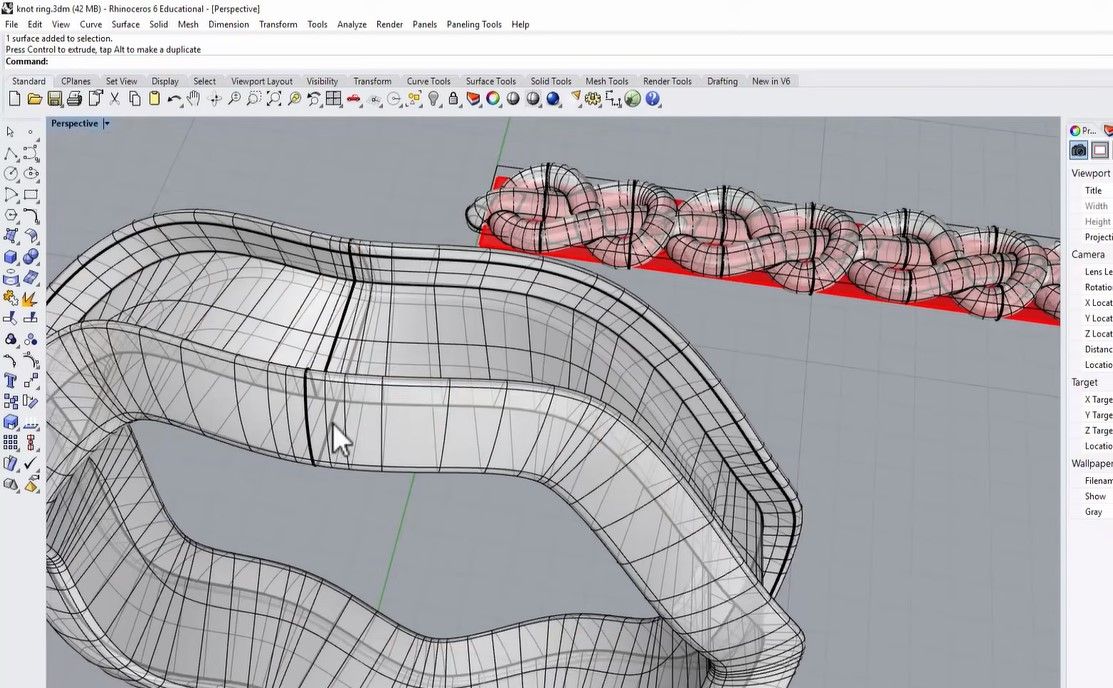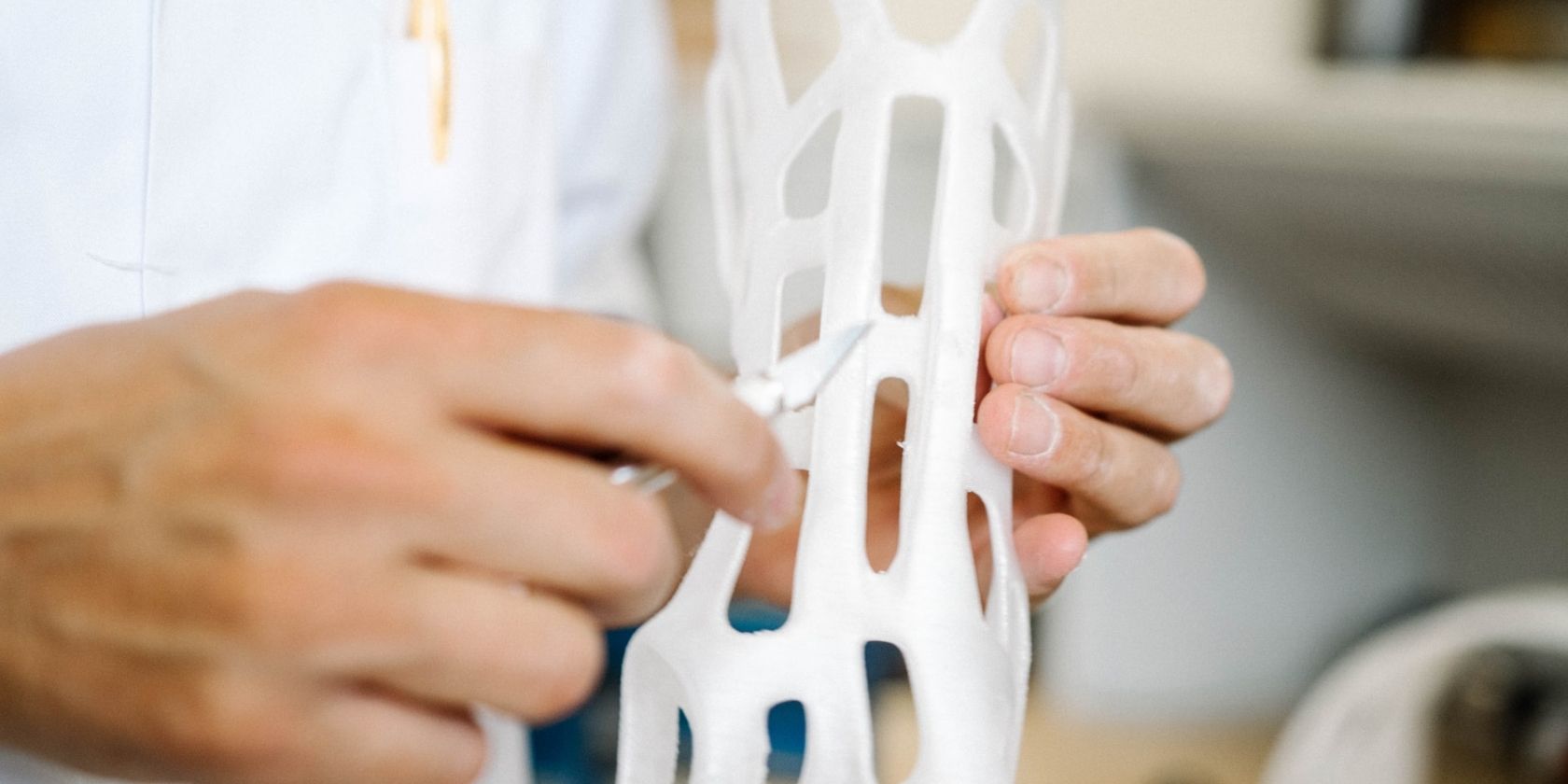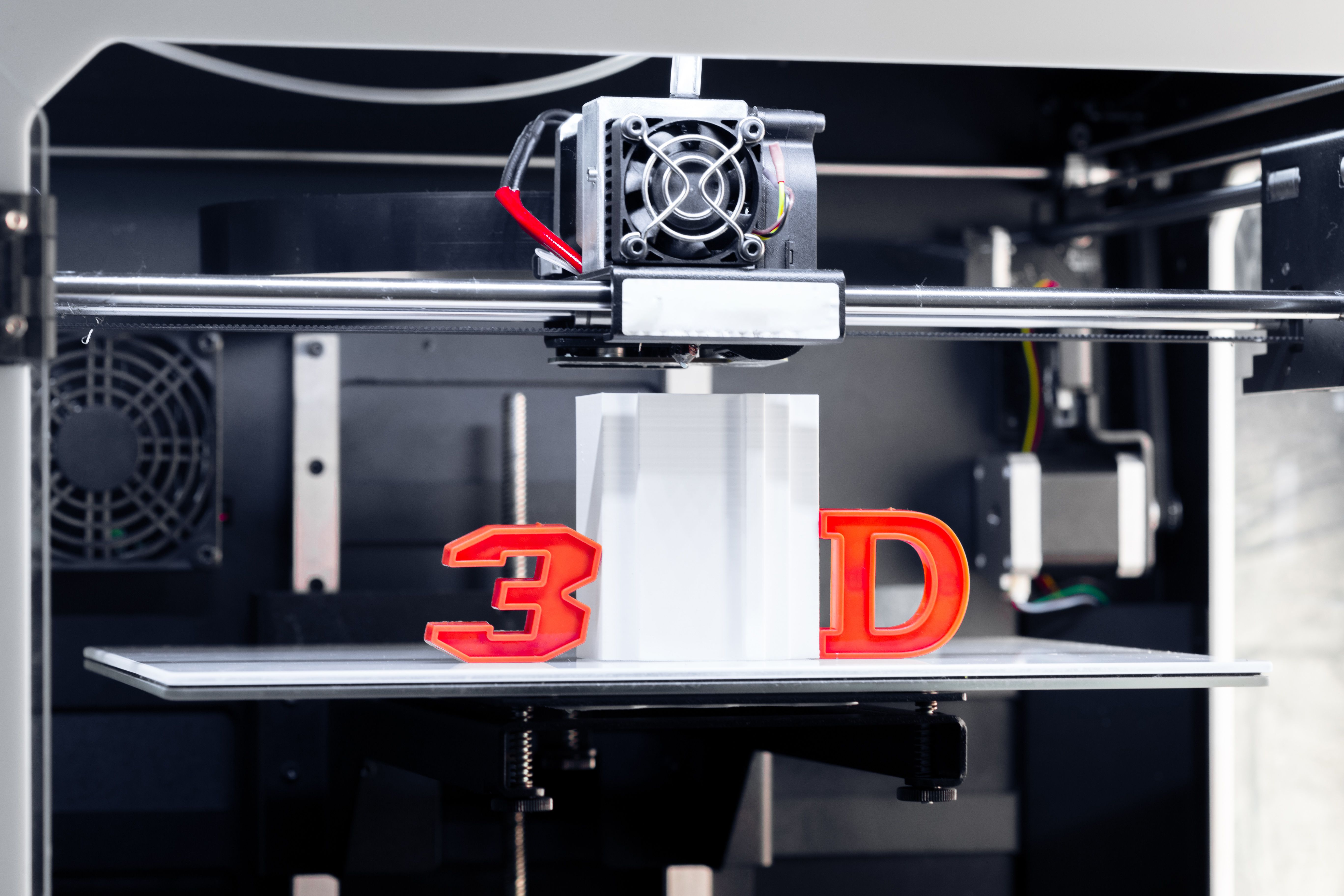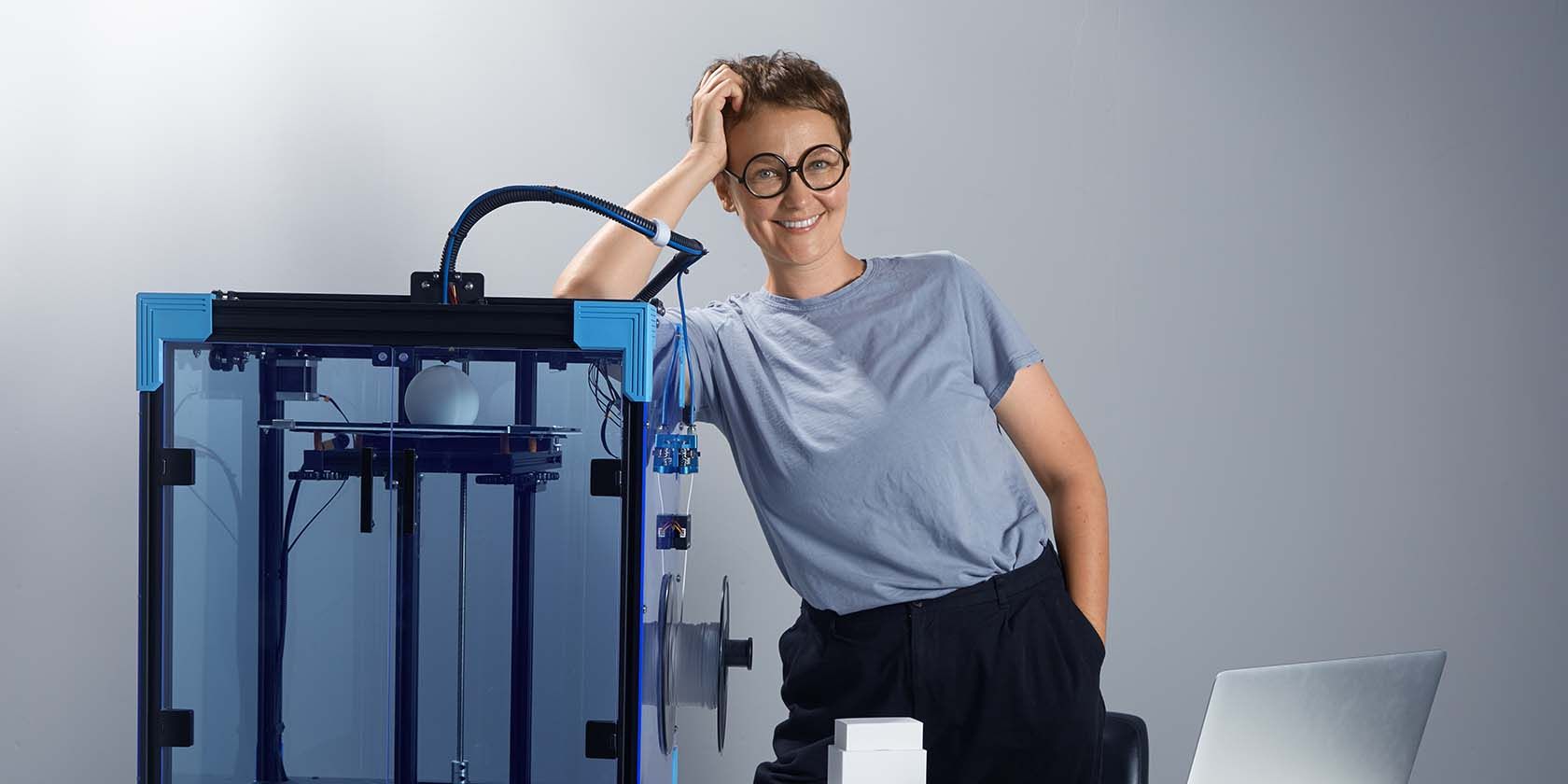3D printing is revolutionizing the manufacturing, construction, medical, and design sectors. The rising demand for 3D printed objects has also resulted in the creation of new job profiles for artists, engineers, and graphic designers.
If you would like to switch roles for a career in 3D printing, here's how you can go about it.
Why Build a Career in 3D Printing?
A lucrative career in an emerging technology field is the primary reason to pursue a career in 3D printing. But that's not the only reason. Here's a look at the scope of the field, the demand for 3D printed products, and the qualifications required to begin a career in this field:
Scope of 3D Printing
As per a Fortune Business Insights report, the 3D printing sector is projected to grow at a compound annual rate of 24.3% to become a USD 83.90 billion industry. This globally flourishing industry is seeing a steep rise in the number of jobs across industry sectors like architecture, scientific modeling, musical instruments, etc.
3D printing offers exciting career opportunities in diverse industry verticals like organ printing, robotics, AI, etc. The rising demand for 3D printed products implies a tremendous growth in the scope and size of the industry.
Qualifications Required
You need a bachelor's degree in engineering disciplines like mechanical, chemical, construction, manufacturing, automotive, electronics, computer science, biomedical, and the like to apply for most 3D printing jobs.
You can also pursue a career in 3D printing if you have a degree in pure sciences, like a bachelor's in chemical science, organic chemistry, biotechnology, etc. A degree in fine arts can also be helpful in applying to prototyping-based 3D printing positions.
If you do not have the necessary educational qualifications, skills, and experience in graphics design, animation, sketching, and drawing-related fields can help you make the cut. You need an excellent portfolio that speaks for your skills and expertise. Besides being good at drawing, you also need sound logical reasoning and problem-solving skills.
1. Get Started With Online Courses
If you do not have any prior qualifications, certificates, experience, or skills required to begin a career in 3D printing, here's how you can get started.
Learn what's 3D printing and how it works, then sign up for 3D printing courses online or take certifications in creative design, model-making, animation, etc., to kickstart your career in 3D printing. Here are a few courses you can explore:
- 3D Printing Applications by Coursera
- Miscellaneous 3D Printing courses offered by Udemy
- Advance 3D Design and 3D Printing by Lydnow
- Additive Manufacturing by MIT
- Additive Manufacturing by The Open University
2. Build Your Technical Skills
While having the right qualifications and certificates is a good starting point, a career in 3D printing requires you to master a few technical skills. You'll put these skills to good use on the job besides bagging better opportunities depending on your mastery of the technical skill.
- Basics of Additive Manufacturing: Additive manufacturing is a vast field, yet understanding the basics of 3D printing is a must if you want to work in this field. Learn about the various steps, processes, and principles involved in beginning a 3D printing job, from the concept stage to printing the 3D model.
- 3D Design and Modeling: 3D graphics designing is very different from regular graphics designing. You'll be creating complex 3D objects inside simulation software to be able to print 3D models.
- Application Software: You need to master at least two or more application software and design systems that help design 3D models and print them.
- Additive Manufacturing Materials: You need to learn all about the additive manufacturing process, from the sourcing of materials to their chemical composition. You need to learn the what, why, and how of materials used in additive manufacturing.
- Hardware Operation: Whether it's industrial 3D printing or small-scale model printing, understanding details like how the hardware is operated, how a 3D design is set up and processed on a printer, and so on is important if you want to gain a thorough understanding of the field.
- Quality and Testing Procedures: Checks and balances initiated by quality procedures and effective testing ensure that your designs, models, and finishing are top-notch.
- Product Life Cycle: 3D printing belongs to the manufacturing industry that produces tangible goods for various consumer markets. These products also follow the typical product life cycle stages followed by regular products, and being aware of these steps allows you to understand how these principles affect the additive manufacturing process and distribution.
3. Develop a Portfolio to Showcase Your Work
Create a portfolio of 3D designs and models to demonstrate your learning and expertise.
- Sign up with free websites like Blender and Unreal Engine to learn how to design for additive manufacturing. Since these free services offer limited options, you can pay for other software like SketchUp, Modo, 3ds Max, etc., to create original and realistic 3D designs that can be exported to printing devices.
- Order 3D printed models of your designs via websites like ProtoLabs, Shapeways, Print Parts, Sculpteo, etc. This will be an expensive undertaking, depending on the complexity of your model and the raw materials required.
- You can also print your own models with a 3D printer if you can afford one.
- Build a professional social media brand image for your career.
- Promote your skills, designs, and 3D models via social forums like Reddit, Facebook Groups, Pinterest Boards, etc.
4. Get an Entry-Level Job
You can start small by applying to design and sketching-based jobs that come under Prototyping—the process of conceptualizing, ideating, experimenting, and turning designs into real-life models. Once you gain more experience, you can apply to manufacturing-based jobs like molds, tooling, and component printing.
You can search for different levels of 3D printing jobs in the following ways:
- Most entry-level jobs in this field are advertised via generic job portals like ZipRecruiter, Glassdoor, Indeed, LinkedIn, etc. Create a profile on these sites and start applying for relevant roles.
- Browse through niche sites like 3D Print, 3D Natives, 3D Printing, 3D Heals, etc., to explore opportunities that aren't listed on regular job portals.
- The gig economy also offers a lot of 3D printing-related jobs and remote work opportunities that you can find on Upwork, Flexjobs, Fiverr, CGTrader, etc.
Set Your 3D Printing Career in Action
Even if you do not have any qualifications or experience in 3D printing or adjacent fields, you can start learning today with the resources listed above and switch over to a career in 3D printing if you're so inclined. It's unlimited in scope and applications, and you can pursue a career in an industry sector of your choice.






